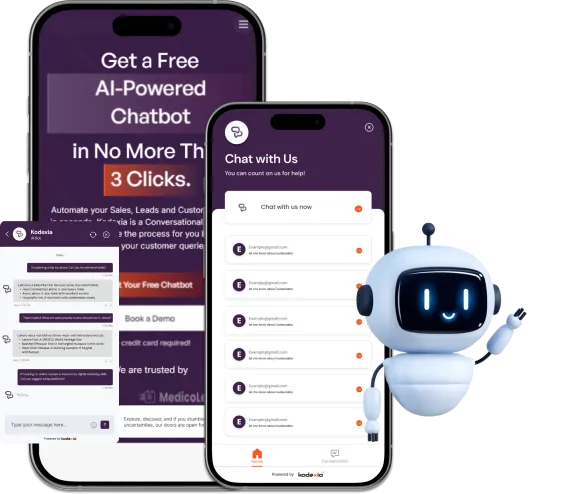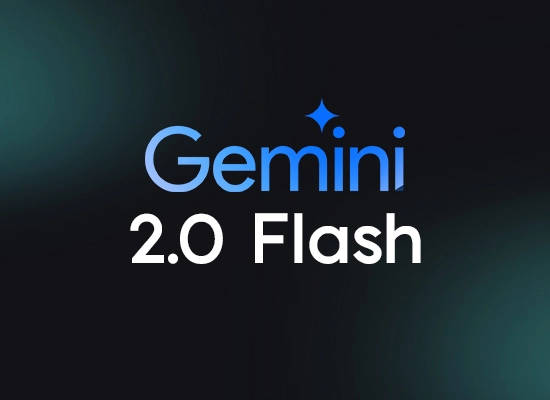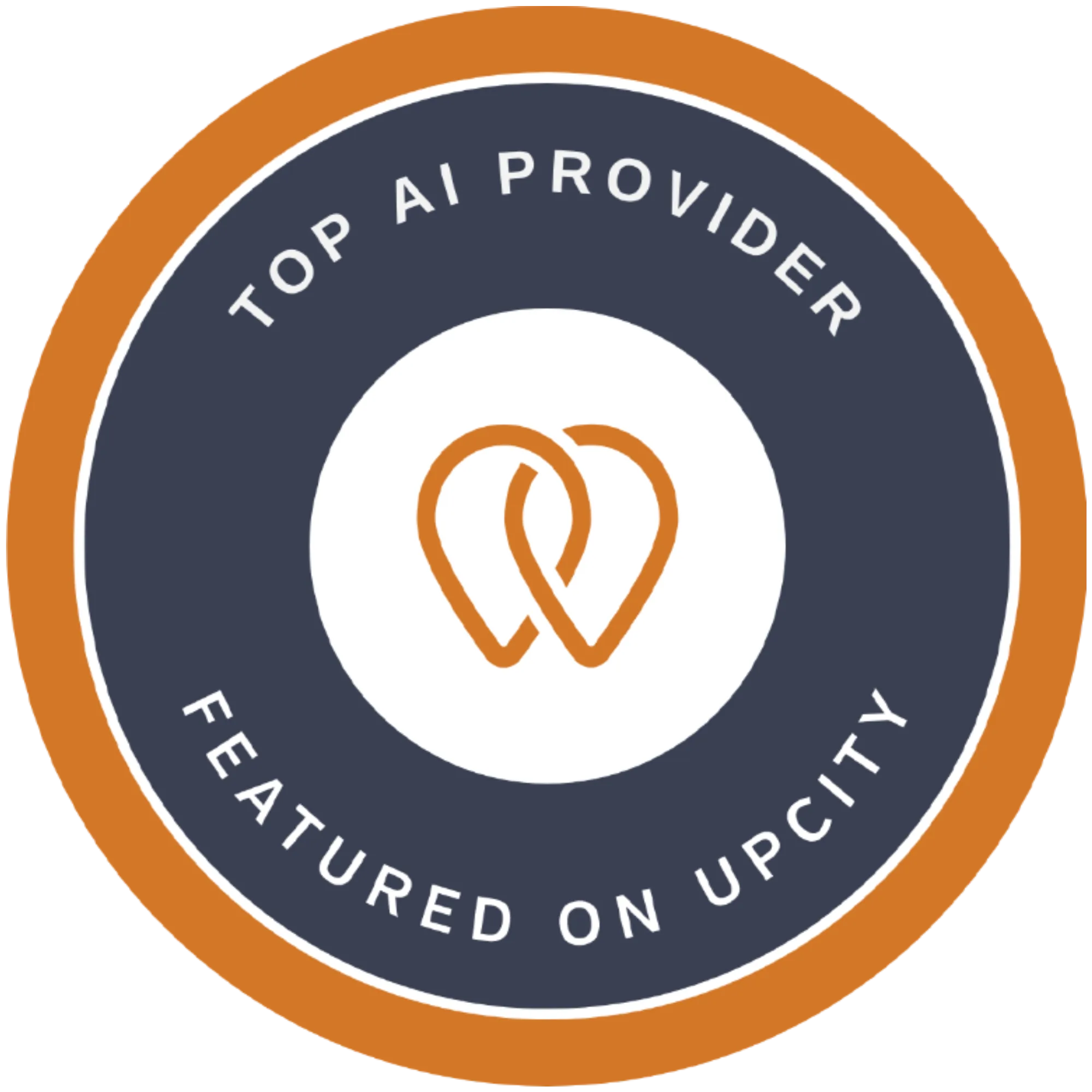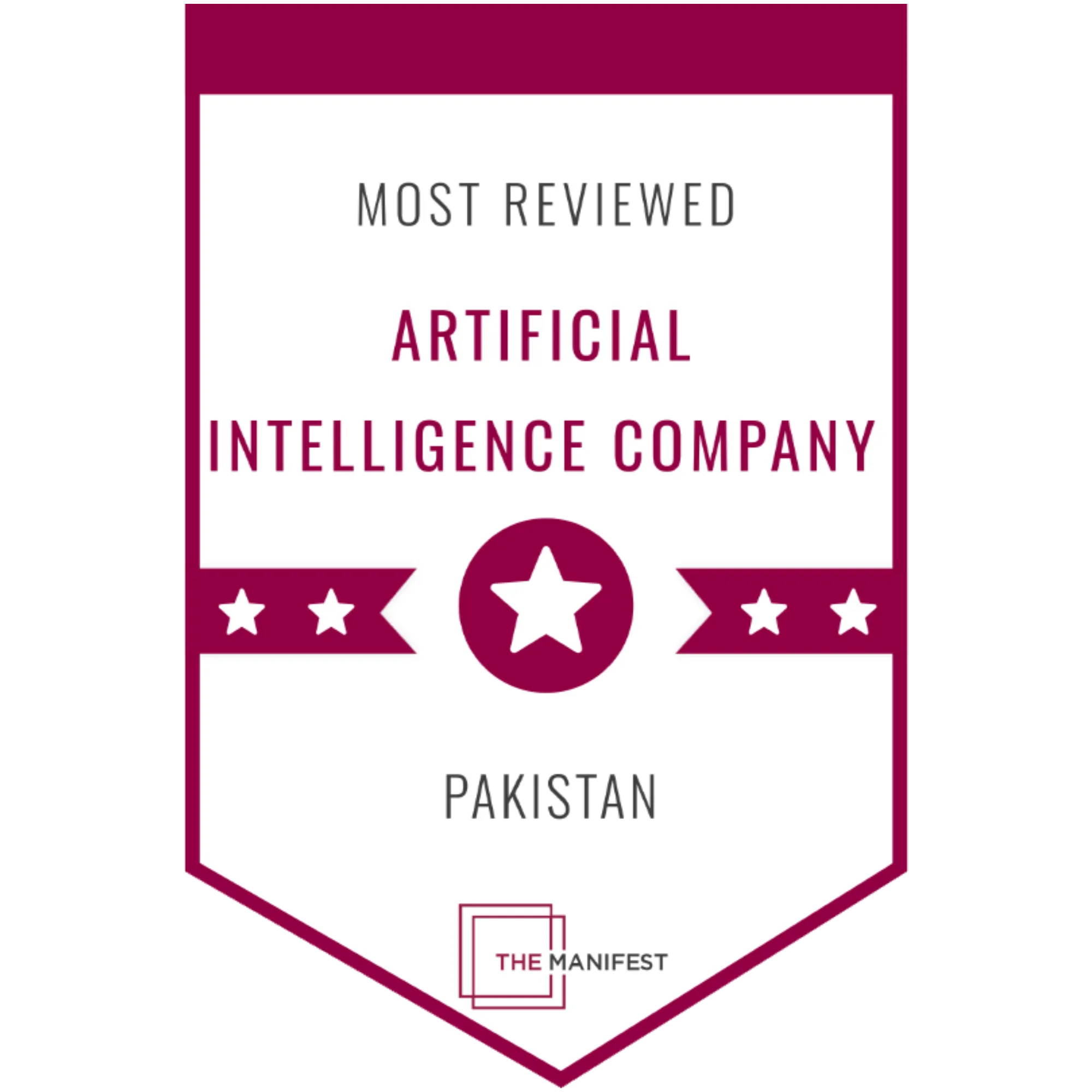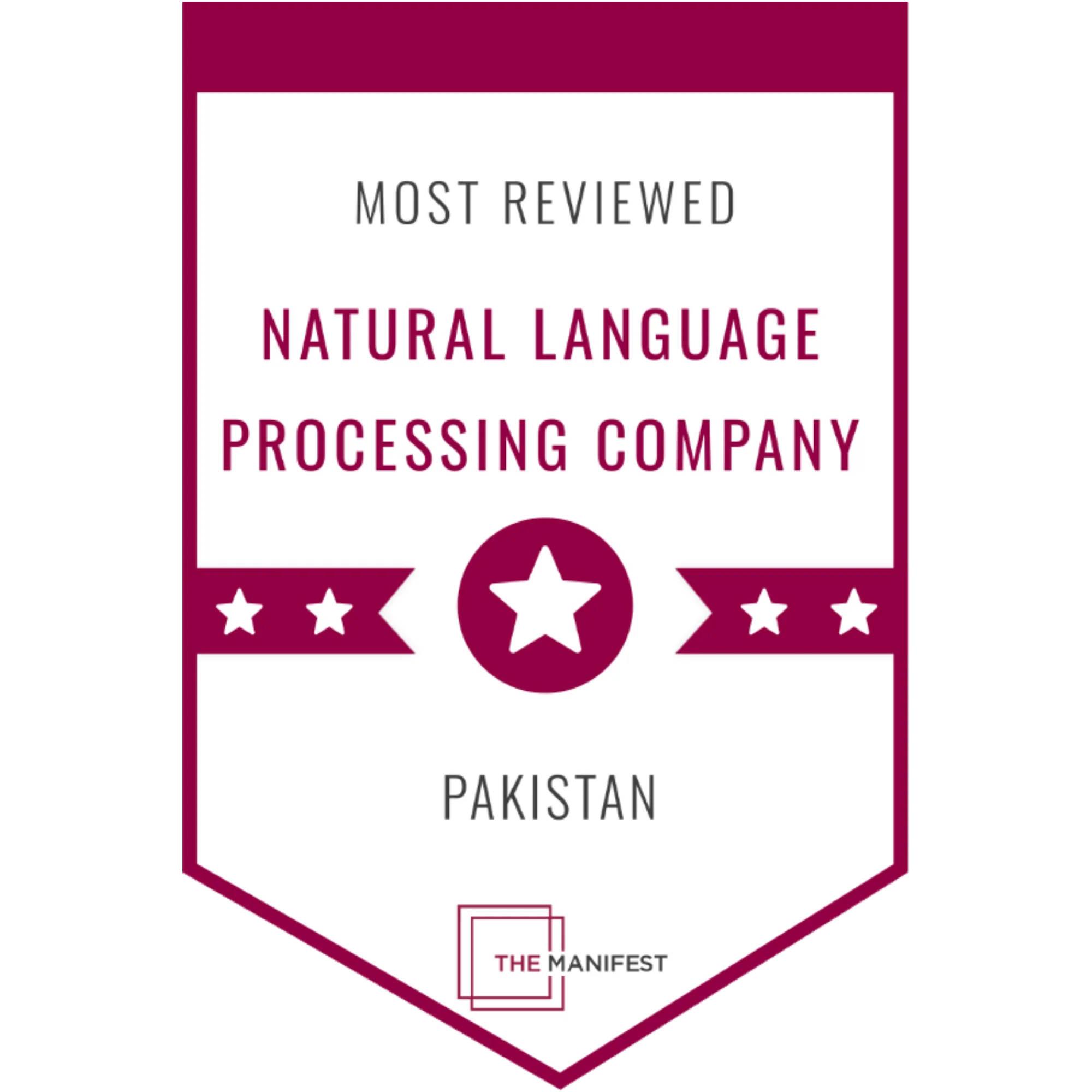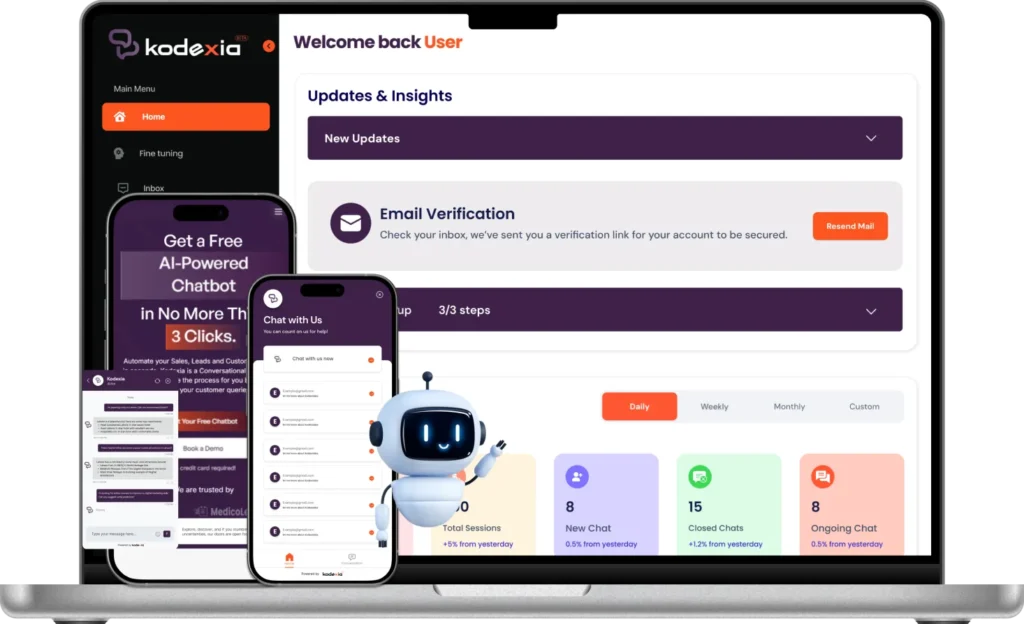What is Natural Language Understanding (NLU)? – AI’s Capability Beyond Words in Businesses

Contents
Words have great power. It can be used to communicate your ideas and emotions, to make someone laugh or cry, or even to influence someone to take actions against their better judgment. However, what if you could utilize language to decipher the thoughts of others?
Artificial intelligence’s future lies in its ability to comprehend natural language. Although computers are capable of incredible feats, they are still unable to comprehend human speech. That’s because, at least for now, computers lack brains and are therefore incapable of learning, thinking, or even dreaming!
Computers must be able to comprehend human speech in order to progress towards intelligence and capacities comparable to those of humans. This is the situation in which natural language comprehension is useful.
Computers that are capable of understanding human language are said to have natural language understanding, or NLU. Numerous uses for it exist, including voice assistants, chatbots, and automatic translation services. Parsing is the most fundamental type of natural language understanding (NLU), where natural language content is transformed into a structured format that computers can comprehend.
For instance, “Hello world” would be transformed into the appropriate verb and noun forms, but “I am hungry” would become two sentences: “I am” and “hungry.” Semantic role labeling, entity recognition, and sentiment analysis are among the other tasks in natural language understanding (NLU) besides parsing.
NLU vs NLP vs NLG:
Natural Language Understanding (NLU):
“Natural language understanding” (NLU) is the branch of artificial intelligence (AI) that focuses on how well computers can comprehend and interpret human language. These advancements in technology enable machines to interpret, decipher, and infer meaning from spoken or written language, thus enabling more human-like interactions with people. NLU encompasses a variety of tasks, including text and audio processing, context comprehension, semantic analysis, and more.
Advanced natural language understanding (NLU) systems use machine learning and deep neural networks to identify objects, gather relevant information, and interpret linguistic nuances like sentiment, context, and intent. Natural language understanding (NLU) is critical for the creation of applications like chatbots, virtual assistants, and language translation services because it helps machines converse more meaningfully and naturally with users.
Natural Language Processing (NLP):
Natural language processing (NLP), a branch of artificial intelligence (AI), studies the relationship between computers and human language. It involves developing algorithms and models that enable robots to understand, interpret, and produce language akin to that of humans.
Large volumes of spoken or written data can be processed, interpreted, and meaning can be extracted using Natural Language Processing (NLP), which combines computer science, machine learning, and linguistics. Important NLP tasks include speech recognition, language translation, sentiment analysis, and information extraction.
Applications like virtual assistants, AI chatbots, and language-based interfaces will be made viable by closing the comprehension and communication gap between humans and machines. NLP is vital to the evolution of human-computer interaction because it enables machines to interpret and react to natural language in a way that improves user experience and opens up a myriad of applications in varied industries.
Natural Language Generation (NLG):
“Natural language generation,” or NLG, is a subfield of artificial intelligence that studies the automatic production of human-like language from structured data or information. Using linguistic concepts and algorithms, NLG systems translate data—typically in the form of databases or numerical information—into understandable, contextually relevant written or spoken language. With the use of this technology, machines can now generate meaningful writing that fits the situation, ranging from straightforward lines to complex narratives.
NLG is utilized in a wide range of applications, such as automated content creation, business intelligence reporting, chatbots, and summarization. NLG simulates human language patterns and understands context, which enhances human-machine communication. In areas like data analytics, customer support, and information exchange, this promotes the development of more logical and organic interactions.
How Does Natural Language Understanding Work?
The process of processing a natural language input—such as a sentence or paragraph—to generate an output is known as natural language understanding. It is frequently used in consumer-facing applications where people communicate with the programme in plain language, such as chatbots and web search engines.
The procedure can be divided into three phases:
1-Tokenization:
Dividing an input into discrete words, or tokens, is the first step in the neural learning process. It has words from every language, additional symbols, and punctuation.
2-Lexical Analysis:
After that, the tokens are entered into a dictionary containing information about their part of speech, such as whether they are verbs or nouns. It also involves determining which terms are best saved in an independent database for subsequent use.
3-Syntactic Analysis:
The grammatical structure of the tokens is examined. It entails determining the functions of each word as well as any ambiguity that might exist between various interpretations of those functions.
Importance of Natural Language Understanding:
The act of determining a text’s meaning is known as natural language comprehension, and it is becoming more and more important in business. Software for natural language comprehension can provide you a competitive edge by giving you access to previously unavailable data insights.
Using natural language understanding software for data analysis can open up new avenues for making informed business decisions. As an online shop, for example, you have information about the products and the times at which your customers purchase them. You may see trends in your customers’ behavior and make more informed decisions about what things to offer them in the future by using natural language understanding software.
Businesses can also employ NLP software in their marketing campaigns to target particular demographics with tailored messaging according to their preexisting interests. It even has the ability to forecast such people’s future desires.

What are the Natural Language Understanding Applications:
Natural Language Understanding applications leverage natural language processing (NLP) and artificial intelligence (AI) technologies to comprehend and interpret human language. These apps aim to understand the meaning behind the words and phrases in a given text or speech, allowing for more effective interaction between humans and computers. Here are some common types of NLU applications:
Virtual Assistants:
Examples: Siri (Apple), Google Assistant, Alexa (Amazon), Cortana (Microsoft).
These virtual assistants use NLU to understand spoken or typed queries and provide relevant information or perform tasks.
Chatbots:
Examples: ChatGPT, Mitsuku, IBM Watson Assistant.
Chatbots use NLU to interpret and respond to user input in natural language, facilitating conversations and assisting with various tasks.
Language Translation Apps:
Examples: Google Translate, Microsoft Translator.
These apps use NLU to understand and translate text or speech from one language to another.
Sentiment Analysis Tools:
Examples: Brandwatch, MonkeyLearn, Hootsuite.
Sentiment analysis apps use NLU to determine the sentiment expressed in a piece of text, such as positive, negative or neutral.
Text Summarization Tools:
Examples: Summarly, OpenAI’s GPT-based models.
These tools use NLU to analyze and condense large amounts of text into shorter, more digestible summaries.
Content Categorization:
Examples: MonkeyLearn, Aylien.
NLU is employed to categorize and organize content based on themes, topics, or predefined categories.
Smart Email Filtering:
Examples: Gmail’s Smart Compose, Outlook’s Focused Inbox.
NLU is used to understand email content, predict user intentions, and offer relevant suggestions or prioritize important messages.
Voice-to-Text Applications:
Examples: Google Speech-to-Text, Dragon NaturallySpeaking.
These apps use NLU to convert spoken language into written text.
Healthcare Chatbots:
Examples: Buoy Health, Your.MD.
NLU is applied to understand symptoms described by users and provide preliminary health information or advice.
Job Matching Platforms:
Examples: LinkedIn, Indeed.
NLU helps match job seekers with relevant job postings based on their skills, experience, and preferences.
These applications showcase the diverse ways in which NLU can be applied to enhance human-computer interaction across various domains.
Natural Language Understanding Examples:
Natural Language Understanding (NLU) is a branch of artificial intelligence that focuses on the interaction between computers and humans using natural language. NLU enables machines to understand, interpret, and generate human-like text. Here are some examples of Natural Language Understanding:
Sentiment Analysis:
Determining the sentiment behind a piece of text, whether it’s positive, negative, or neutral. This is often used in social media monitoring, customer feedback analysis, and product reviews.
Example: “I love this product; it’s amazing!” (Positive sentiment)
Named Entity Recognition (NER):
Identifying and classifying entities (such as names of people, organizations, locations, dates, etc.) in a given text.
Example: “Apple Inc. was founded by Steve Jobs in Cupertino on April 1, 1976.” (Entities: “Apple Inc.”, “Steve Jobs”, “Cupertino”, “April 1, 1976”)
Text Classification:
Categorizing text into predefined categories or labels. This is commonly used for spam detection, topic categorization, and sentiment classification.
Example: Categorizing emails as “Spam” or “Not Spam.”
Intent Recognition:
Identifying the intent or purpose behind a user’s input, often used in chatbots and virtual assistants.
Example: Understanding that the user’s input “Book a flight to New York for next week” indicates the intent to book a flight.
Language Translation:
Translating text from one language to another while preserving the meaning.
Example: Translating “Bonjour” from French to “Hello” in English.
Text Summarization:
Creating a concise and coherent summary of a longer text.
Example: Summarizing a news article into a few sentences.
Question Answering:
Extracting relevant information from a text to answer user queries.
Example: Answering the question “Who is the President of the United States?” based on the latest news or articles.
Coreference Resolution:
Identifying when different words or phrases in a text refer to the same entity.
Example: Understanding that “The cat is cute. It has blue eyes” refers to the same entity, the cat.
These are just a few examples of how Natural Language Understanding can be applied in various domains, from customer support and information retrieval to language translation and content analysis.

Conclusion:
There’s no need to search any farther if you want to become an expert in AI and machine learning. Since the AI and ML Certification from Simplilearn is based on our intensive Bootcamp learning approach, you’ll be equipped to put these abilities to use as soon as you complete the course. You’ll discover how to develop cutting-edge algorithms that can anticipate data patterns in the future, enhance corporate choices, or even save lives. Additionally, you will have the opportunity to apply your newly acquired knowledge through an actual project that entails a technical report and presentation.


